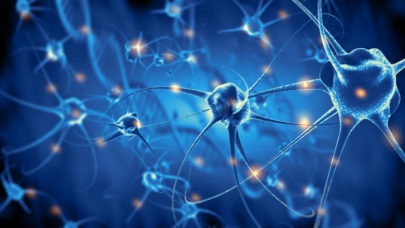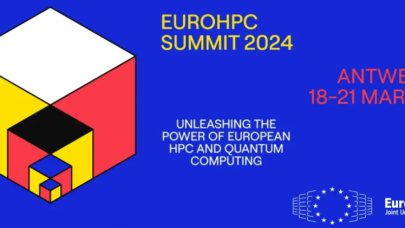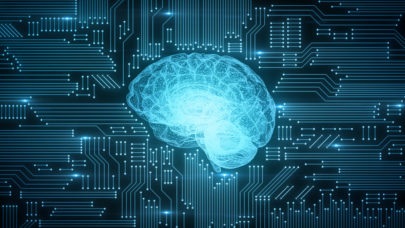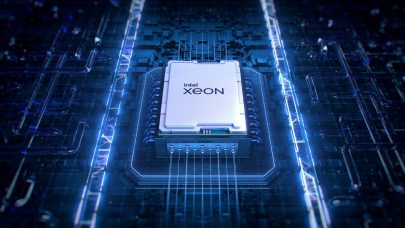June 1, 2021 — Nuclear astrophysics is the science of how the elements of the periodic table have been created. This research field is served by a diverse set of research infrastructures of different sizes – from telescopes obtaining stellar spectra to laboratories studying element production to supercomputers needed to model these processes. On 4-5 May, 2021, the ChETEC-INFRA network of research infrastructures has its online kick-off meeting. ChETEC-INFRA stands for “Chemical Elements as Tracers of the Evolution of the Cosmos – Research Infrastructures for Nuclear Astrophysics”. It is a community of 13 small and medium size infrastructures embedded in a community of altogether 32 research institutions in 17 EU and associated countries. ChETEC-INFRA is coordinated by Helmholtz-Zentrum Dresden-Rossendorf (HZDR) in Germany.
The European Union supports ChETEC-INFRA with altogether 5 million euros from 2021-2025, within its call for Starting Communities of research infrastructures. In addition to networking this interdisciplinary community of research infrastructures, ChETEC-INFRA will devote considerable resources to science outreach, to educating the next generation of researchers, and to bring coherence to this research field.
With ChETEC-INFRA, key national and regional infrastructures open up EU-supported access for the entire European research community, streamlined through a unique portal for the three disciplines astronomy, laboratory nuclear astrophysics, and computational astrophysics. The network will especially encourage interdisciplinary proposals and aims to broaden the community by outreach to smaller EU countries with no established nuclear astrophysics groups.
In order to enable use of the ChETEC-INFRA infrastructure by newcomers, in addition to the streamlined, EU-supported access also scientific support will be given. For example, the analysis of stellar spectra will be facilitated by standardized pipelines, abundance corrections, and rotational velocities. New targets and detectors serving the specialized needs of nuclear astrophysics researchers will be developed in the laboratories. The development and analysis of nucleosynthesis simulations will be facilitated by new software tools.
The infrastructures networked range from the Nordic Optical Telescope on the Canary Islands to medium-sized telescopes in the Czech Republic, Lithuania, and Bulgaria. Nuclear laboratories allow to study element genesis by charged particle, neutron, or photon induced reactions, studying rare reactions with high beam intensities and high sensitivity, including an underground laboratory and accelerator mass spectrometry. A computing cluster with enough power to address nucleosynthesis in a massive star completes the list of infrastructures.
“I am thrilled to be allowed to work with such a diverse and high-level group of infrastructures, and of nuclear astrophysics research”, says ChETEC-INFRA Principal Investigator Daniel Bemmerer of Helmholtz-Zentrum Dresden-Rossendorf, Germany. “In the next four years, ChETEC-INFRA will provide the necessary tools for nuclear astrophysicists in Europe to make important strides in the understanding of burning topics like the production of the s-process elements and a precisely calibrated understanding of solar fusion.” In addition to coordinating the overall project, HZDR will offer access to the new Felsenkeller underground ion accelerator and to the DREAMS accelerator mass spectrometry setup for external users.
Source: HZDR


























































